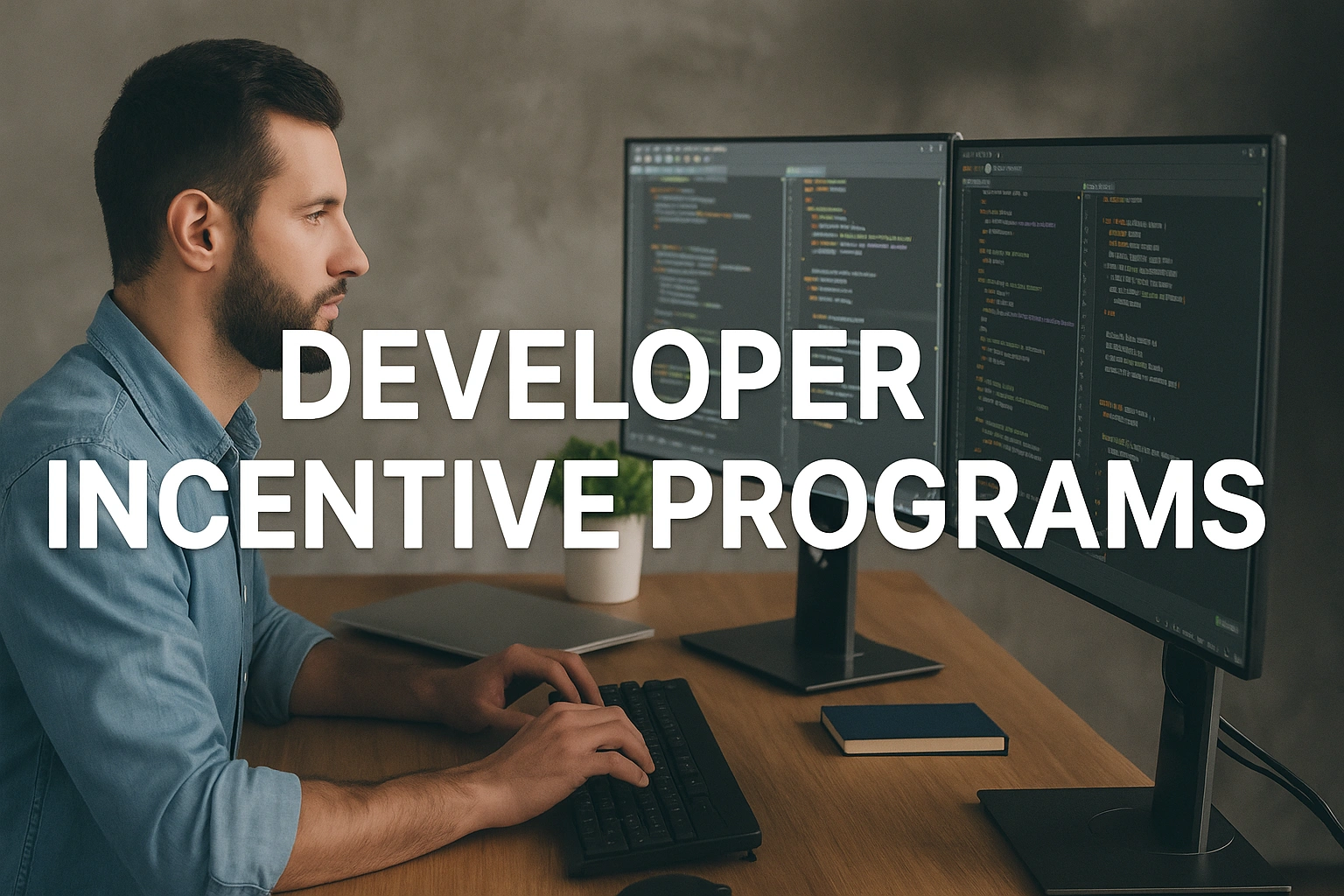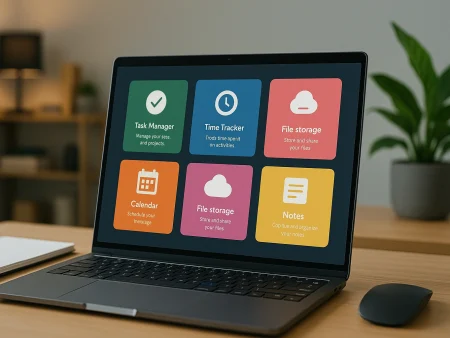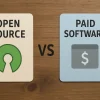Developer Incentive Programs: Boost Efficiency and Productivity
Each company wants developers to be effective, creative, and motivated. Wages keep people on board, but they don’t always inspire top performance. This is where developer incentive programs make the difference. The right incentives reward hard work, encourage learning, and push teams toward higher productivity. When done correctly, they improve code quality, speed up delivery, and help retain top talent.
In this article, we will go through the subject step by step and break it down in a way that is easy to follow. The goal is to give you a clear understanding of the subject while keeping the information practical and useful. Whether you are new to the topic or just looking for a refresher, you will find the key details explained in simple terms. Join us when we explore the essentials and highlight what you need to know.
Why Developer Incentive Programs Work
The right incentive program provides both direction and motivation. It ensures that developers know what is valued, what is expected, and what they can achieve in return. This connection builds a stronger sense of ownership and makes everyday tasks meaningful contributions. With the correct program in place, developers are more likely to:
- Write better, cleaner code.
- Meet deadlines without burnout.
- Stay engaged and loyal to the team.
- Share knowledge and collaborate more.
Incentives are not just about reward – it’s about shaping behavior and building culture. A well-designed program provides short-term gains for long-term growth by helping developers stay motivated, confident, and committed to the company’s vision.
By mixing recognition, learning opportunities, flexibility, and performance-based rewards, companies create an environment where developers feel valued and supported. This balance encourages innovation and at the same time maintains productivity and quality.
Types of Developer Incentive Programs
Keeping developers motivated requires more than just a paycheck. Incentive programs provide a structured way of rewarding efforts, creativity, and results. They encourage continuous learning, strengthen commitment, and build a culture where developers feel valued. When designed well, these programs balance financial rewards with personal growth opportunities. The right mixture not only increases productivity but also helps to retain top talent.
1. Demonstration-based bonus
Display bonuses directly kill tie rewards for average results, reduce the count without count, or successfully ship new features. This approach explains expectations and pushes developers to balance both speed and quality. For example, a team may receive a payment to give a project two weeks before the schedule with fewer than a fixed number of significant bugs. These bonuses can be structured for quarterly or per project, allowing developer incentive programs to work short -term goals. When continuously applied, they help reduce burnout by recognizing productivity and accountability.
2. Skill development encouragement
It is necessary to continuously learn in software development, where technologies develop rapidly. Developers offer the training, online courses, certificates, or conference tickets that the company invests in their long-term development. Developer incentive programs that expand their skills often bring back smart, more efficient solutions that directly benefit the business. Some companies also kept the annual budget per developer for training. By converting learning into a perk rather than a personal cost, you keep your team motivated and better equipped for future challenges.
3. Recognition and colleague award
Not every reward needs to be financial. Manyata programs highlight efforts and achievements in ways that create morale. Celebrate the title contribution, such as the “Developer of the Month” or Peer-Nominated Awards, which cannot go to anyone otherwise. The Peer-to-Pier’s recognition platform also allows teammates to thank each other in public, making a culture of praise. Recognition can be as simple as a spotlight during team meetings, a feature in the company’s newspaper.
4. Flexible work benefits
Balance between work and life means as much as wages. Incentives such as external labor options, flexible schedules or extra paid free can improve productivity while reducing stress. Many developers’ incentive programs value flexibility more than cash bonuses because it allows them to work when they are most effective. Some companies also offer “non-meeting Fridays” or abbreviated work weeks according to large project releases. By giving developers room to recharge, these benefits help prevent burnout while increasing long-term performance.
5. Division and admission
Financial incentives related to the company’s success, such as surplus sharing or equity options, create a sense of ownership. When developers know that their contributions directly affect their own financial gains, they are more likely to be committed to the company’s vision. Start-ups often use equity options as part of a compensation package, while large companies can distribute quarterly surplus sharing checks. This type of incentive matches the motivation of employees with commercial development and encourages developers to think beyond their functions and focus on the larger picture of the company.
6. Hackathons and Innovation Days
Allow the innovation programs of hackathon and innovation day developers to go beyond daily tasks and detect new ideas. These incidents reward creativity, experimentation, action, and problem-solving. Teams often form prototypes, test new devices, or face challenges that do not belong to the ongoing projects. Hacathas not only generates new ideas, but also strengthens teamwork and cooperation in departments. Some of the most effective products or features of technology companies began as Hachathon projects. By determining different times for innovation, companies make a safe place to take risks for developers.
Best Practices for Developer Incentive Programs
Good incentives balance the speed with quality. They should be fair, transparent, and motivating without creating pressure. A mix of monetary and non-monetary rewards works best, since developers value flexibility, learning, and recognition as much as bonuses.
Clarity is critical. Developers should know exactly what actions or results lead to incentives. When the goals are vague or unrealistic, the reward loses its effect and can even create frustration. Connection of incentives to measurable outcomes, such as reduced misconduct or completed training, keeps the system fair.
It is also important to adapt incentives to the team’s needs. While some developer incentive programs can prioritize financial rewards, others may find greater value in opportunities for growth, flexible work schemes, or public recognition. A “one-size-fits-all” approach rarely motivates everyone the same.
Closing Note for Developer Incentive Programs
Developer incentives are more than program allowances – they are strategic tools to increase efficiency and keep teams inspired. Companies can build a culture where developers thrive and business strengthens, including performance awards, skill development, recognition, and flexible benefits.
When done well, these programs convert the workplace into an environment where innovation and productivity go hand in hand. Developers feel that not only those who distribute, but also appreciate how they grow and contribute to a larger picture.
Eventually, incentive programs should motivate commitment, not compliance. Companies treat their people to see long-term returns in loyalty, innovation, and overall commercial success. An induced developer is not only completing tasks – they are construction solutions that carry forward the company.
FAQs on Developer Incentive Programs
1. What are the developer incentive programs?
They are reward systems designed to motivate developers by connecting performance to benefits such as bonuses, recognition, or flexible work.
2. Do incentives really improve the developer’s efficiency?
Yes. When programs are fair and well-structured, they encourage faster delivery, higher quality, and stronger team commitment.
3. Which non-monetary incentives work best for developers?
Flexible schedules, extra free time, public recognition, and learning opportunities are highly valued by many developers.
4. Can incentives reduce developer sales?
Absolutely. Developers who feel rewarded and recognized are more likely to stay with a long-term company.
5. How should companies measure the success of incentive programs?
Success can be traced through improved code quality, faster project delivery, higher commitment points, and lower sales speeds.















